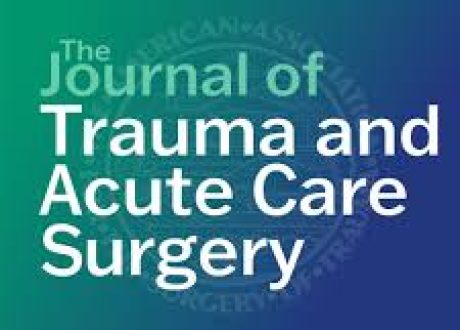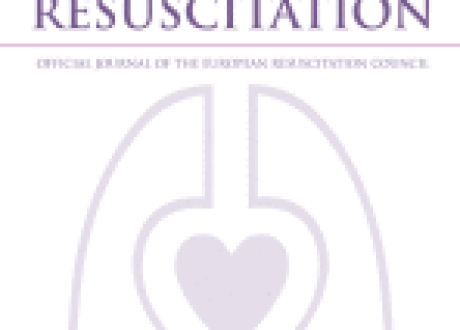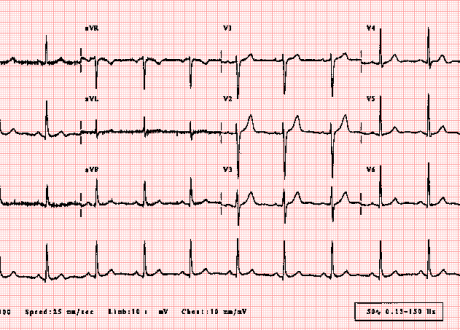Key Points
Question What is the most effective way to screen patients for hepatitis C virus (HCV) infection in emergency departments (EDs)?
Findings This multicenter randomized clinical trial included 147 498 ED patient visits. Of these, 73 847 underwent nontargeted screening, resulting in 9867 tested for HCV and 154 new diagnoses, whereas 73 651 underwent targeted HCV screening, resulting in 4640 tested for HCV and 115 new diagnoses. Compared with targeted HCV screening, nontargeted screening was associated with significantly higher numbers of new HCV diagnoses (relative risk, 1.34 [95% CI, 1.05-1.70]; P = .02).
Meaning Nontargeted HCV screening was superior to targeted screening for identifying HCV infection in the ED.
Importance Identification of individuals with hepatitis C virus (HCV) infection is a public health priority. Emergency departments (EDs) have been a focus of screening efforts, as they serve large numbers of at-risk patients who commonly do not access health care elsewhere. However, the optimal approach to HCV screening in ED settings remains unknown.
Objective To evaluate the effectiveness of HCV screening in EDs with the hypothesis that nontargeted screening identifies more new diagnoses than targeted screening.
Design, Setting, and Participants Prospective, multicenter, pragmatic randomized clinical trial performed at 3 urban EDs in Denver, Colorado; Baltimore, Maryland; and Jackson, Mississippi. Patients were 18 years or older, with exclusions for critical illness, inability to provide consent, or previously diagnosed HCV.
Interventions As part of routine ED care, patients were randomly assigned to undergo either nontargeted screening, in which HCV testing was offered regardless of risk, or targeted screening, in which testing was offered based on risk assessment.
Main Outcomes and Measures The primary outcome was newly diagnosed HCV infection (RNA detected). Secondary outcomes were repeat HCV diagnoses; HCV test offer, acceptance, and completion; HCV genotype and fibrosis staging; components of the HCV care continuum; and all-cause mortality through 18 months of follow-up. Analyses were conducted from January to March 2025 by intention-to-treat analysis, using relative risk (RR) with 95% CIs and Fisher exact tests.
Results A total of 147 498 patient visits were randomized (median [IQR] age, 41 [29-57] years; 51.5% male; and 42.3% Black, 20.9% Hispanic, and 32.2% White). Of these, 73 847 patients underwent nontargeted screening, resulting in 9867 (13.4%) tested for HCV and 154 new HCV diagnoses, whereas 73 651 patients underwent targeted screening and 23 400 (31.8%) were identified to have risk factors for HCV infection, resulting in 4640 (6.3%) patients tested for HCV and 115 new HCV diagnoses. Compared with targeted HCV screening, nontargeted HCV screening identified significantly more new diagnoses of HCV infection (RR, 1.34 [95% CI, 1.05-1.70]; P = .02). Among patients newly diagnosed with HCV infection, small proportions from the nontargeted and targeted screening groups were linked to follow-up care (19.5% vs 24.3%, respectively), initiated direct-acting antiviral (DAA) treatment (15.6% vs 17.4%), completed DAA treatment (12.3% vs 12.2%), and attained sustained virologic response at 12 weeks (SVR12) (9.1% vs 9.6%).
Conclusions and Relevance In this multicenter randomized clinical trial, a nontargeted screening approach was superior to targeted screening for identifying new HCV infections among patients seen in 3 urban EDs. The substantial decrease in patients who went from diagnosis to SVR12 highlights an urgent need for innovative models of HCV treatment.










